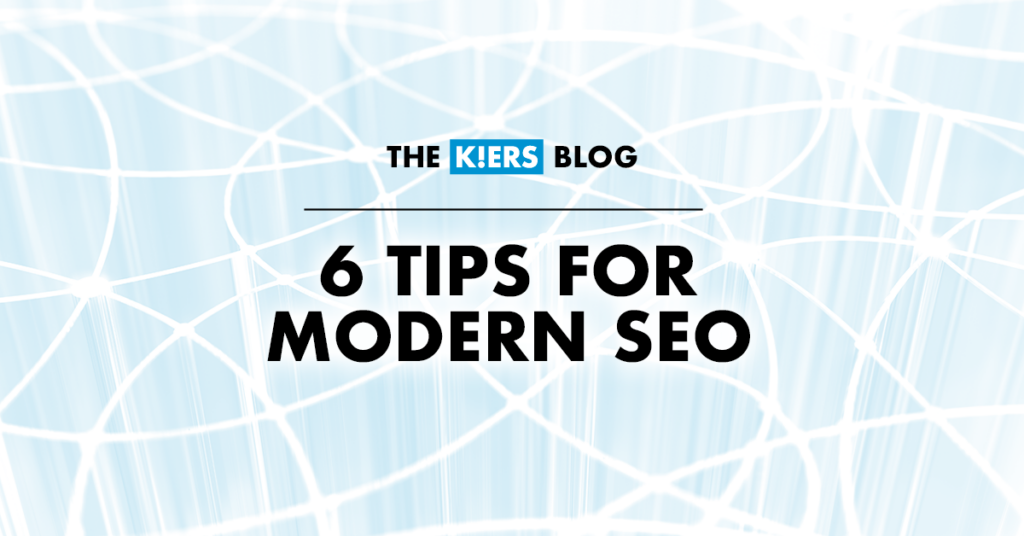
1. Choose the Right Keywords
Avoid the common mistake of targeting high-volume keywords without considering their relevance to your niche. DO NOT use the same keywords over and over as Google views this as cheating and trying to game the system. Instead, use complimentary words. You can plan for free in your ad campaigns using Google’s Keyword Planner here: https://support.google.com/google-ads/answer/7337243?hl=enOR simply type your website into the Wordstream tool found here: https://tools.wordstream.com/fkt?website=www.kiers.com&cid=&camplink=&campname= and it will “Discover new keywords and performance data to use in your site content, Google Ads campaigns and more.”
2. Develop Relevant and Informative Content
Search engines favour content that provides in-depth information and addresses users’ queries effectively. Craft content that answers your audience’s questions and provides comprehensive solutions to their problems.
3. Optimize Page Titles and Descriptions
Your page titles and descriptions should be written according to targeted keywords and user intent is crucial for climbing search engine rankings. Aim for concise and engaging titles (40-50 characters) and well-crafted descriptions (125-150 characters) to ensure optimal display on all devices. Just because your site loads fast on a desktop, doesn’t mean everything will be fine when you check out your mobile version.
4. Optimize Images
By optimizing images effectively, you can leverage image search and attract more visitors. Follow these best practices:
- Assign descriptive titles and use targeted keywords for your images.
- Use alt text to provide descriptions of your images.
- Avoid overcrowded images that hinder user experience.
- Optimize image size while maintaining high resolution.
- DO NOT have too many images as they and other forms of processor-heavy content such as animations.
5. Optimize URLs
A well-structured URL provides clear navigation and informs search engines about the page’s contents. Optimize your URLs by ensuring they are concise, logically organized, and include relevant keywords.
6. Enhance Website Load Time
Google prioritizes user experience in search engine rankings, making website load time a crucial factor. You have just 3 seconds or less for your site to load before losing a staggering amount of potential site traffic. You can identify factors that affect your website’s load time relatively quickly with a quick Google PageSpeed Insights search found here: https://pagespeed.web.dev
